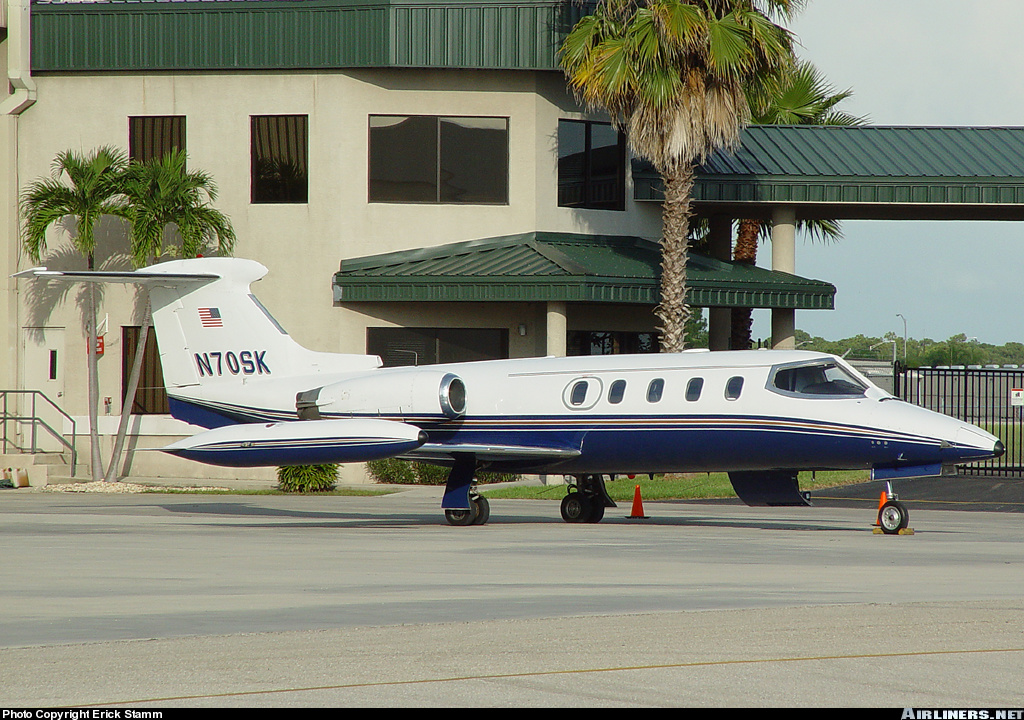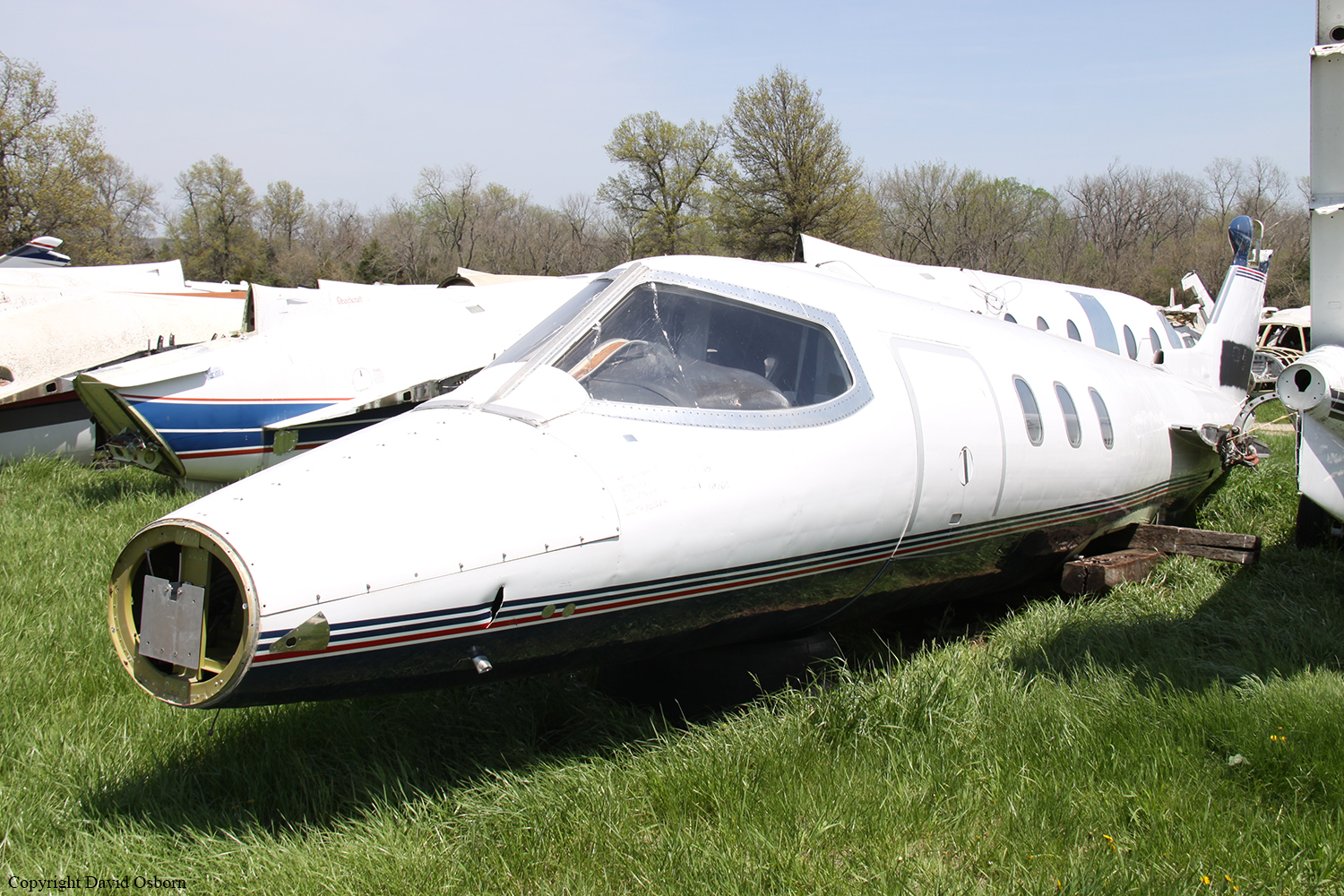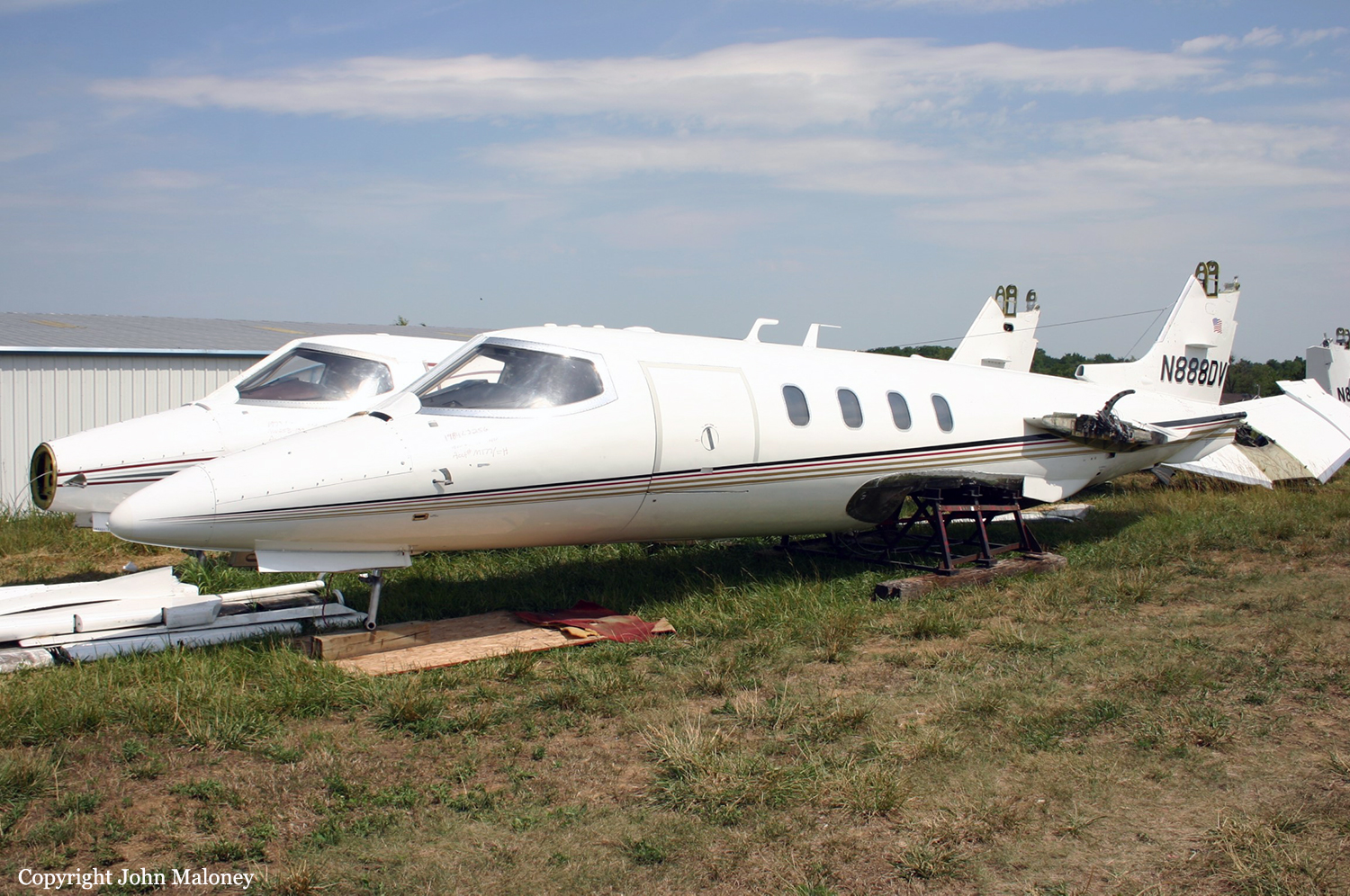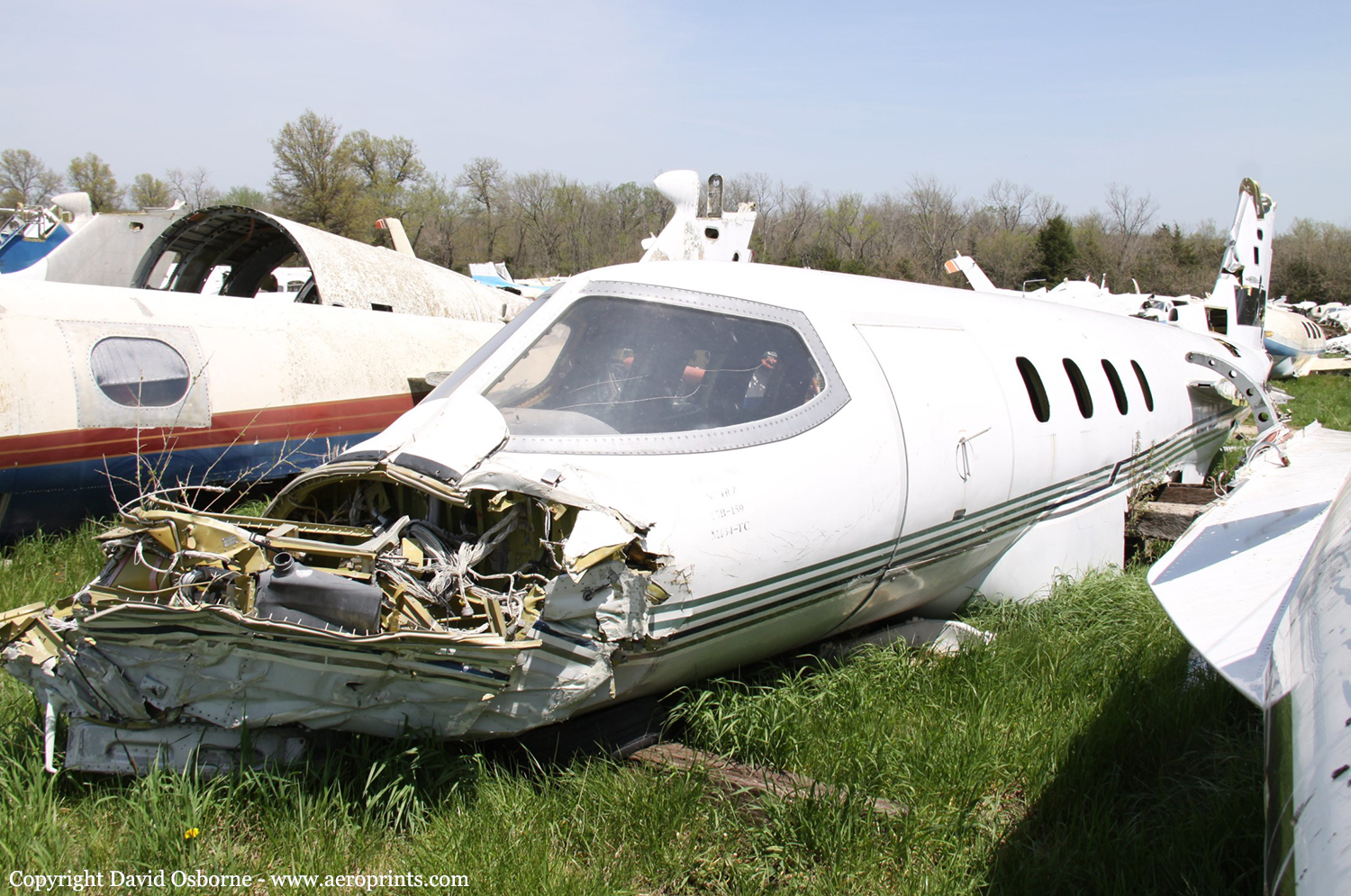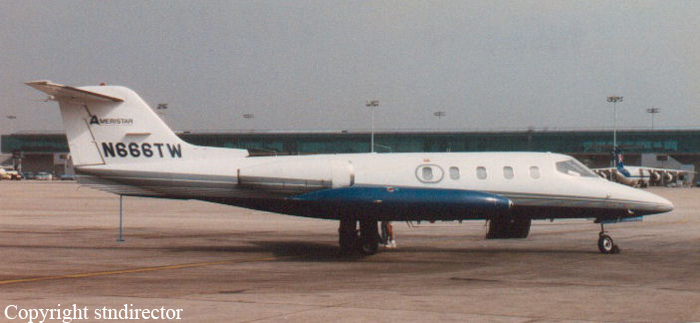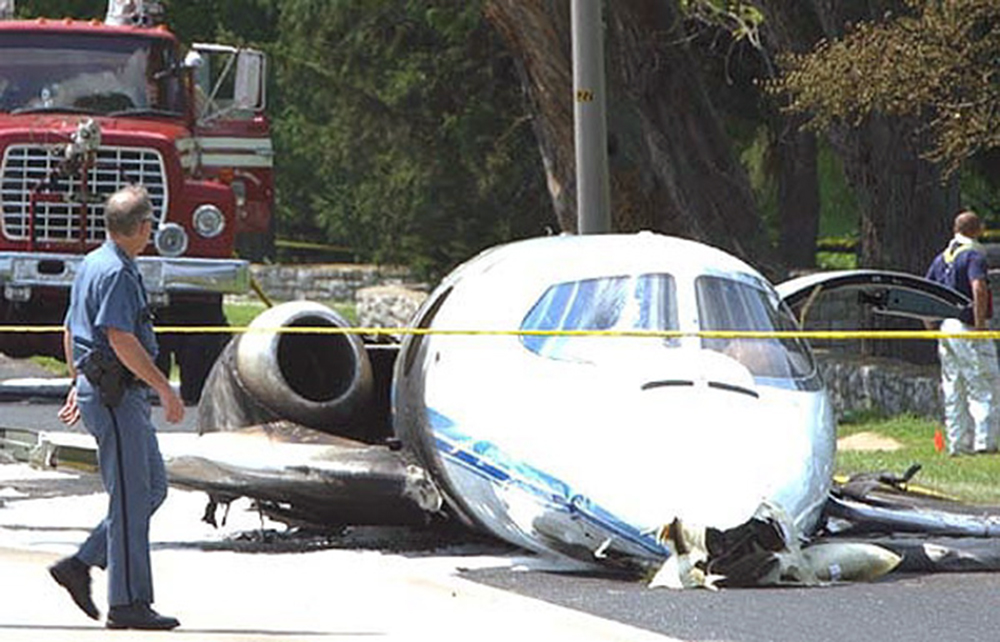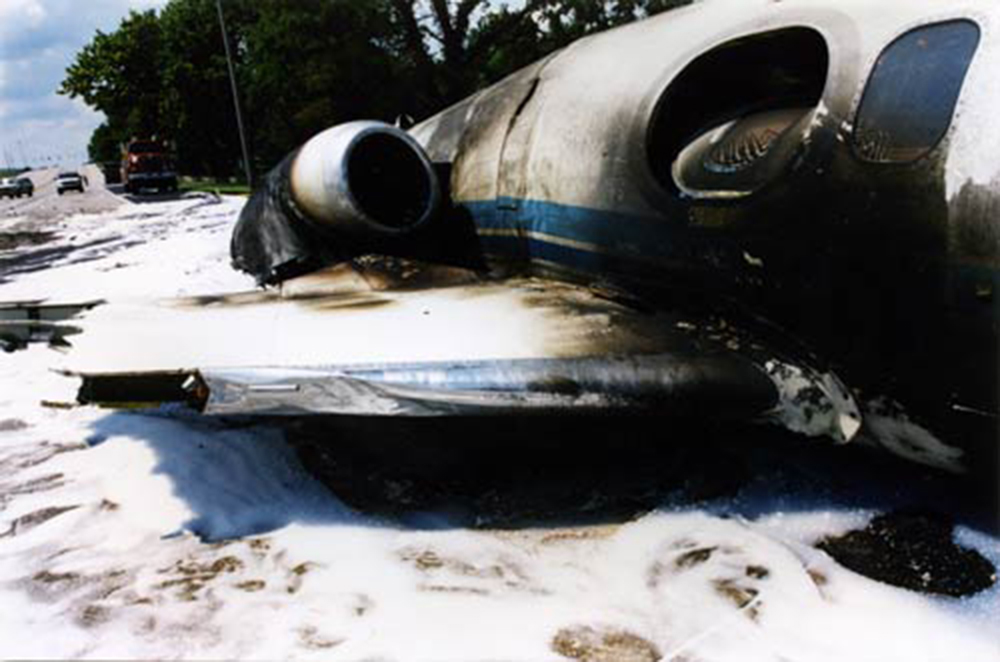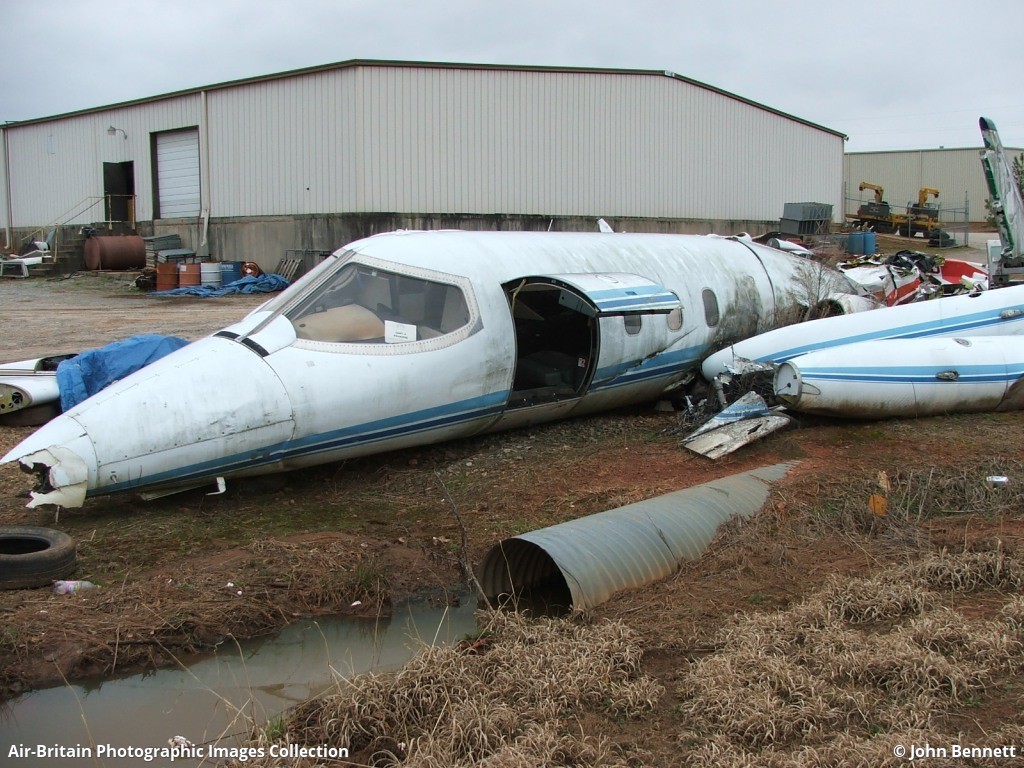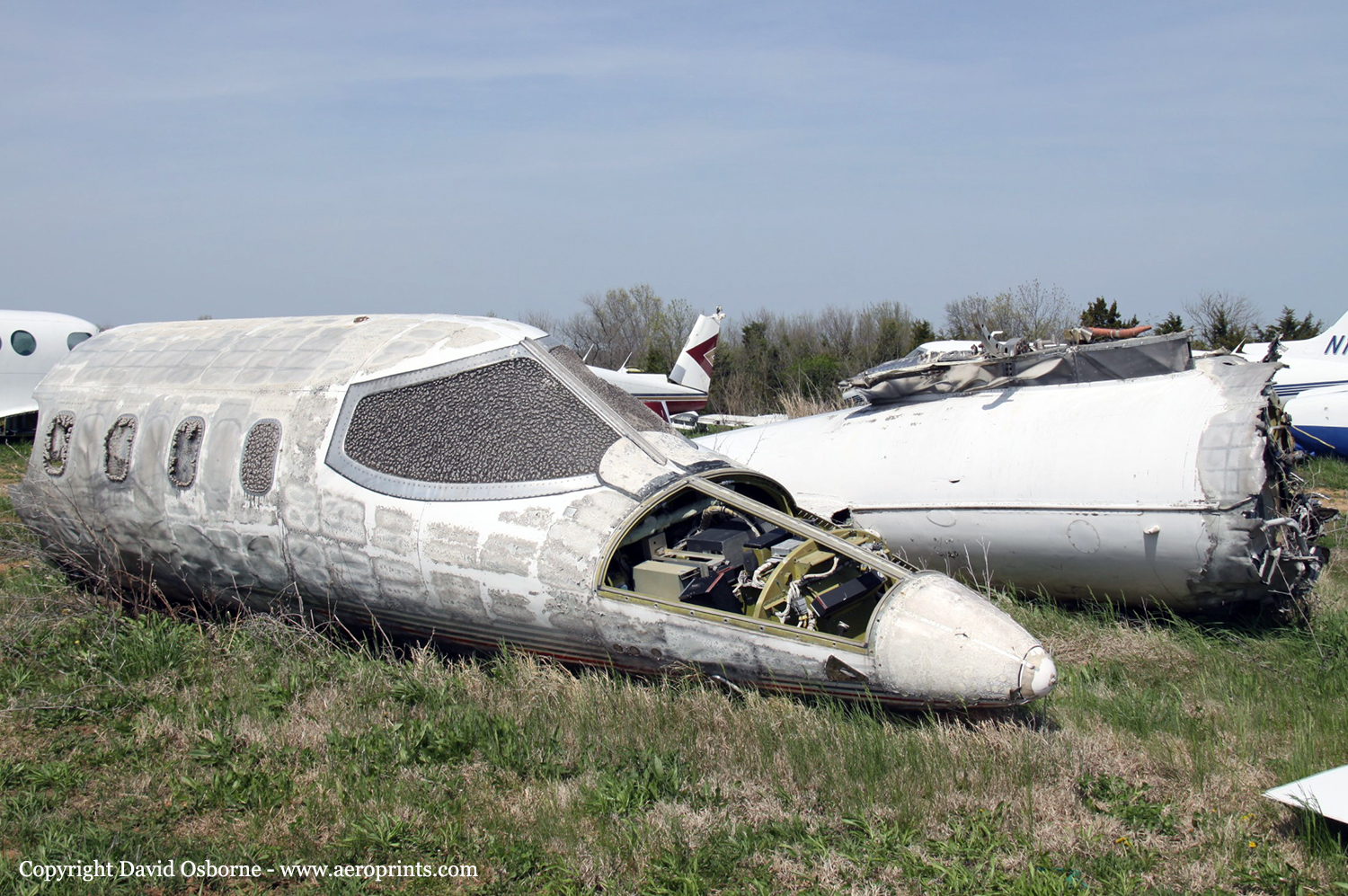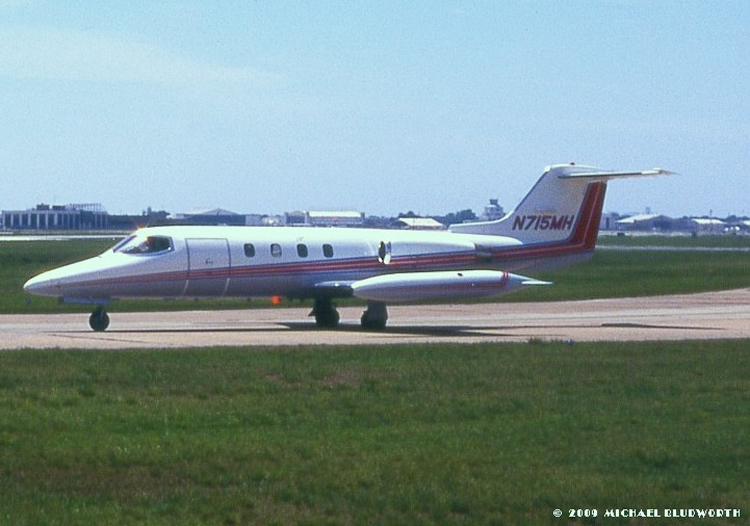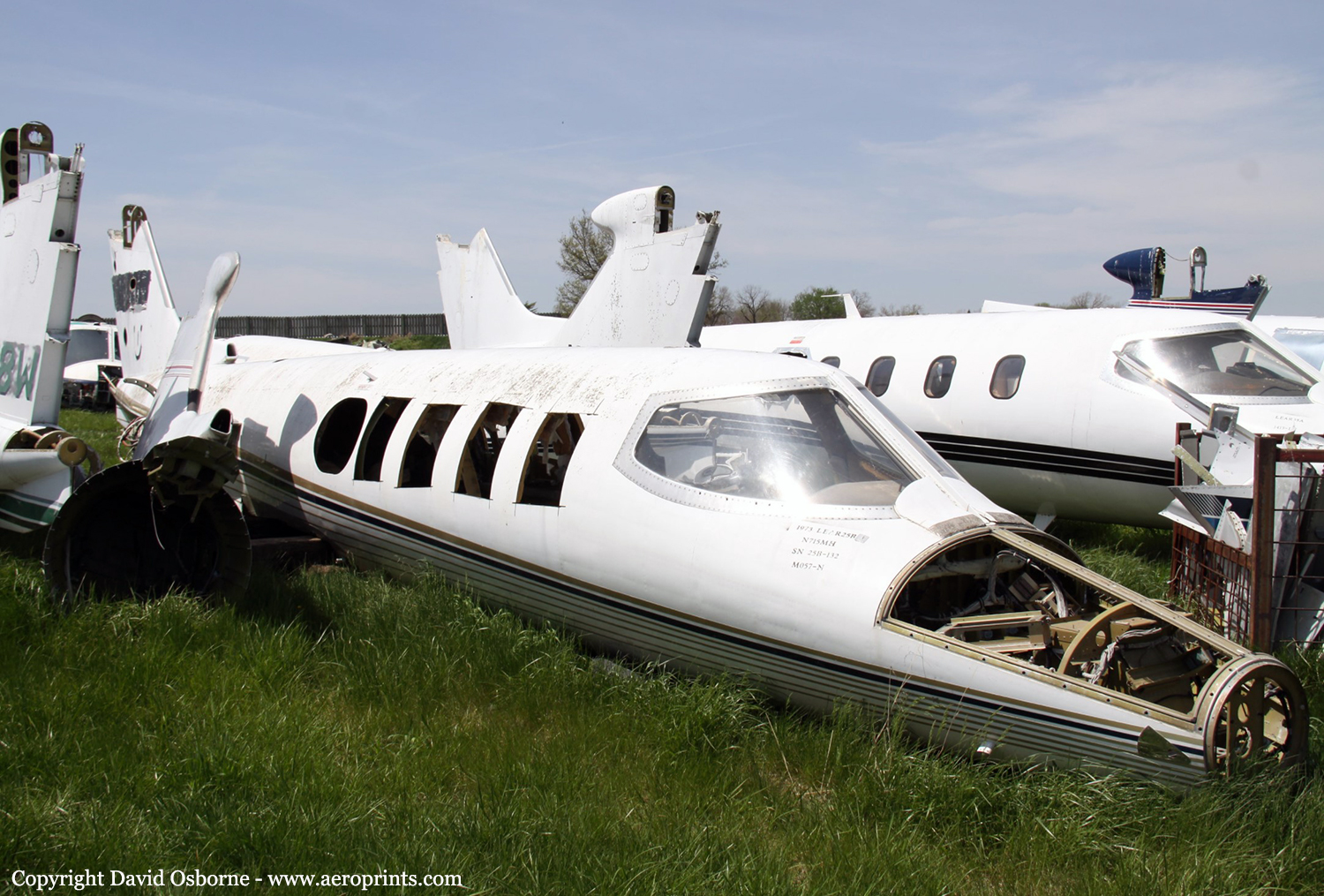Crash of a Learjet 25D in Bahías de Huatulco
Date & Time:
Apr 1, 2010 at 1300 LT
Registration:
XA-UNC
Survivors:
Yes
Schedule:
Oaxaca – Bahías de Huatulco
MSN:
222
YOM:
1977
Crew on board:
2
Crew fatalities:
Pax on board:
4
Pax fatalities:
Other fatalities:
Total fatalities:
0
Circumstances:
On approach to Bahías de Huatulco Airport, the crew was unable to lower the landing gear. It was decided to perform a wheels up landing. The aircraft landed on its belly then slid for few dozen metres, veered off runway and came to rest, bursting into flames. All six occupants escaped uninjured but the aircraft was destroyed by fire. Among the passenger was Ulises Ruiz Ortiz, Governor of the State of Oaxaca.

